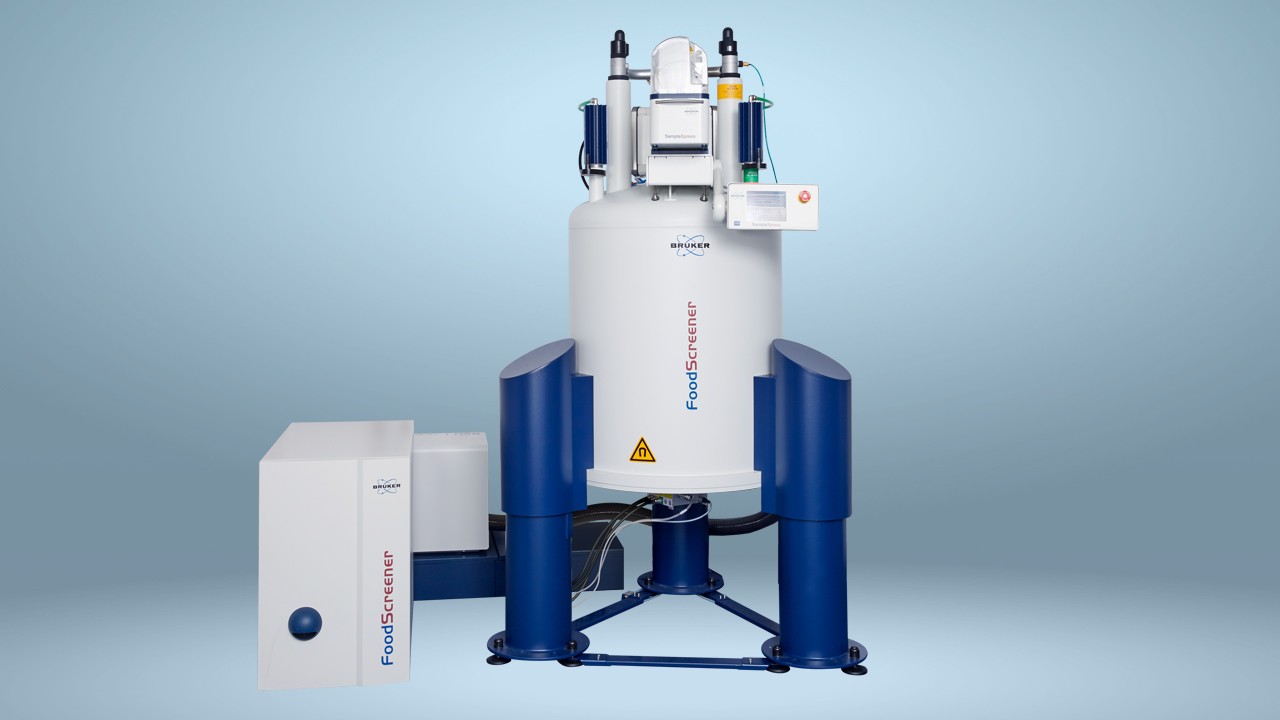No Substitute: NMR Reveals the Lactose Content of Milk Alternatives
With around 70% of the world’s population being lactose-intolerant and a growing number of people choosing to consume lactose-free products for ethical reasons, the dairy industry needs accurate methods to confirm the lactose content of dairy substitute products.
Currently, there are a number of ways to do this, such as enzymatic assay, near-infrared spectroscopy and chromatography. However, none of these methods is suitable for rapid screening and they mostly cannot detect the low residual lactose concentrations of products marked ‘lactose-free’.
Nuclear magnetic resonance (NMR) spectroscopy has been proposed as a technique that could overcome these limitations. NMR allows for multiple components to be detected from one sample, and, because it requires little sample preparation, many samples can be analysed in a short timeframe. Furthermore, it has an excellent limit of detection, as low as just a few mg/L.
A 2012 study by Monakhova et al. showed how NMR spectroscopy could provide an accurate assessment of the qualitative and quantitative characteristics of milk substitutes.
The researchers first performed 1H NMR spectroscopy on 84 samples of milk and milk substitutes, using a Bruker Avance device. They used a Bruker automatic sample changer and the data were acquired automatically using Bruker ICON-NMR software, resulting in a time per sample of 12 minutes.
Using principal component analysis (PCA), they showed that the samples clustered into five distinct groups representing milk, lactose-free milk, soy, oat and rice. The researchers were then also able to accurately classify all 12 samples in a test set into the correct group, using soft independent modelling by class analogy (SIMCA).
And, from the same spectra, they could also deduce quantification of the major nutrition labelling parameters of the products including, carbohydrate, sugars, protein, fat, saturates and energy content. This is because the main ingredients of milk show strong absorbance on the NMR spectra in specific ranges.
Regarding lactose content, the researchers found that, without any sample preparation, NMR spectroscopy could detect lactose at concentrations down to 0.5 g/L. However, by modifying their preparation technique and NMR type, they were able to increase this sensitivity to just 0.05 g/L. To do this, they prepared the samples by removing the fat fraction via acid hydrolysis and centrifugation and used 2-dimensional J-resolved NMR spectroscopy, which has improved resolution over 1-dimensional spectroscopy.
The researchers say that their results show that NMR spectroscopy is a powerful tool for detecting the small lactose contents of ‘lactose-free’ products and for accurately discriminating between substitute products that do and do not contain lactose. As such, the technique could be used to rapidly verify the accuracy of food labelling and has the potential to replace more time-consuming methods in routine analysis.
References:
- Hu F, et al. Nondestructive quantification of organic compounds in whole milk without pretreatment by two-dimensional NMR spectroscopy. Journal of Agricultural & Food Chemistry 2007; 55: 4307-4311.
- Monakhova Y, et al. NMR spectroscopy as a screening tool to validate nutrition labelling of milk, lactose-free milk, and milk substitutes based on soy and grains. Dairy Science & Technology 2012; 92: 109-120.
- Monakhova Y, et al. Chemometric methods in NMR spectroscopic analysis of food products. Journal of Analytical Chemistry 2013; 68: 755-766.


